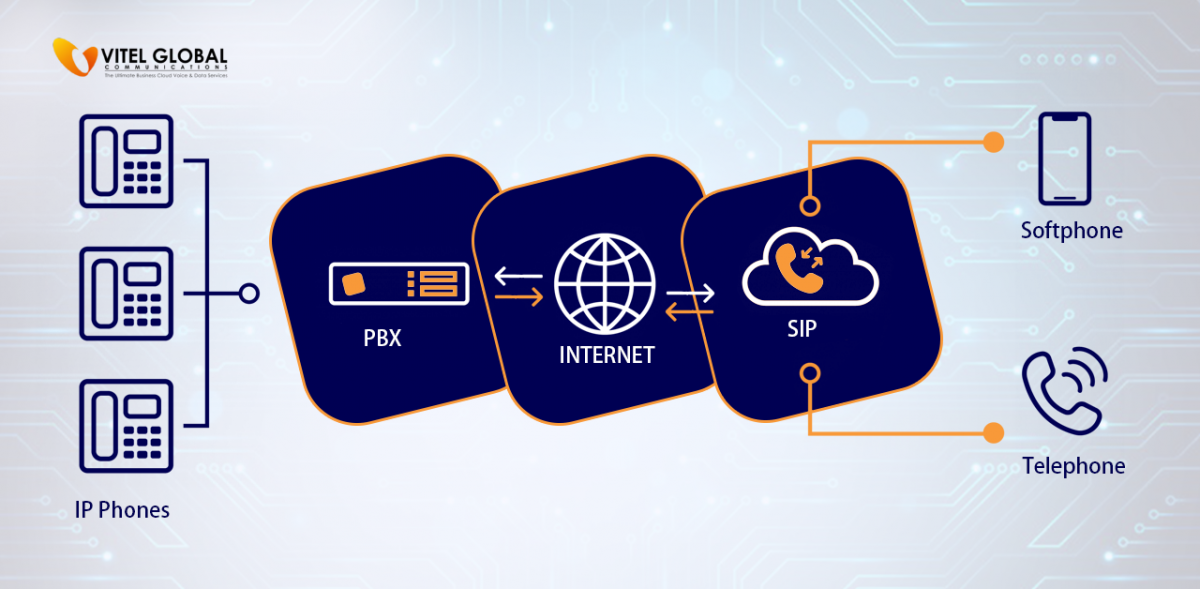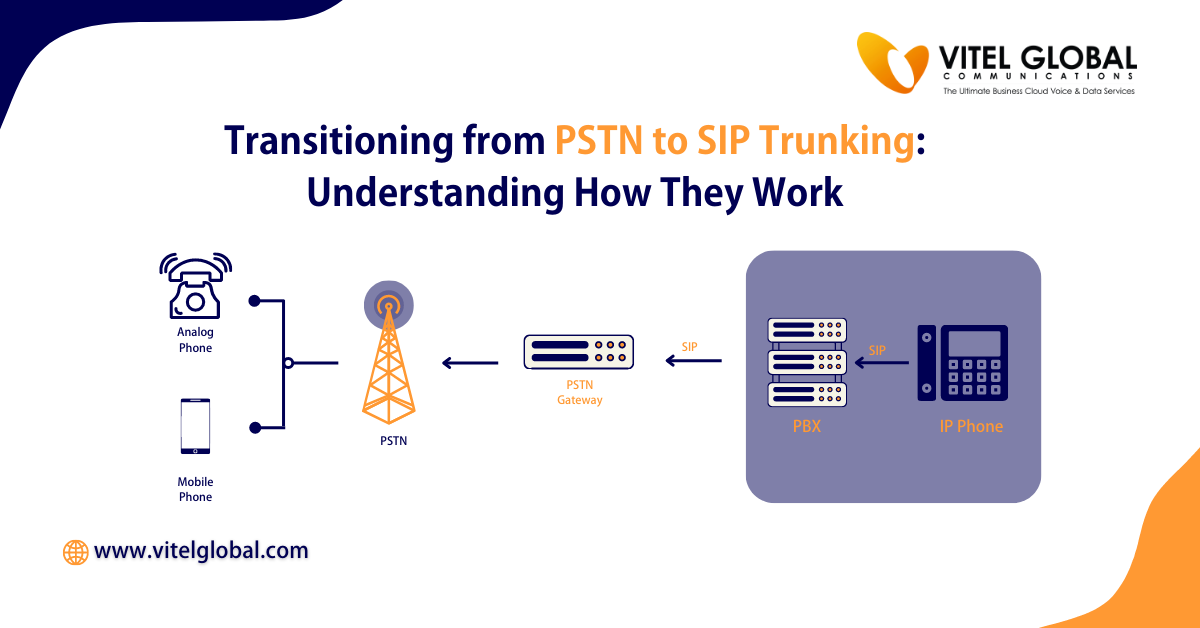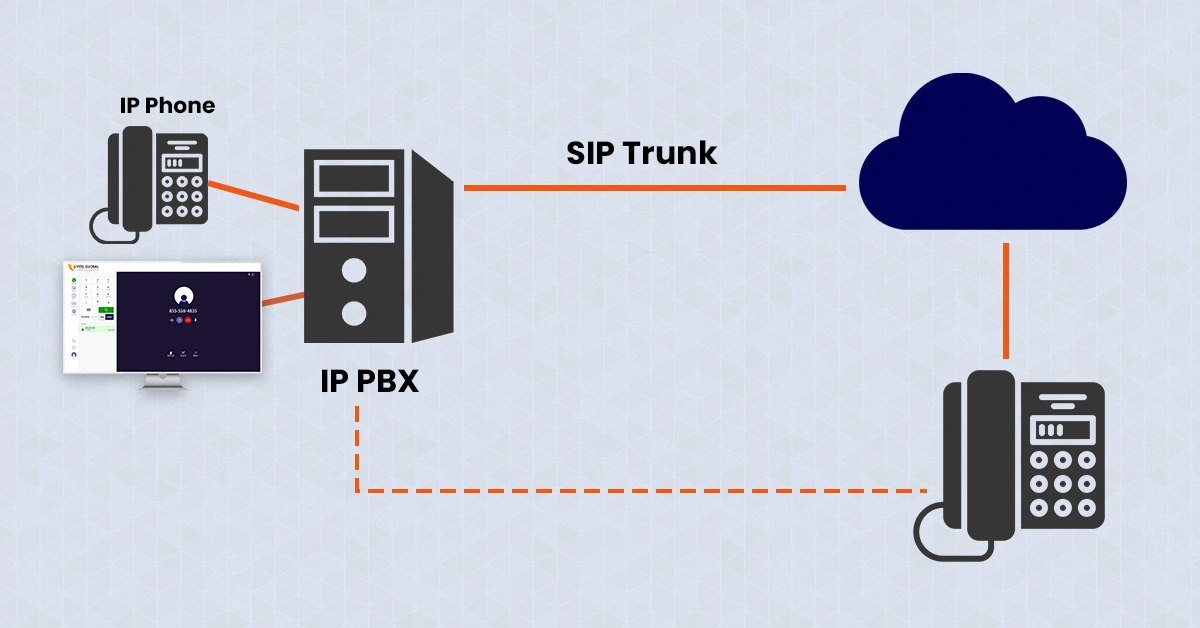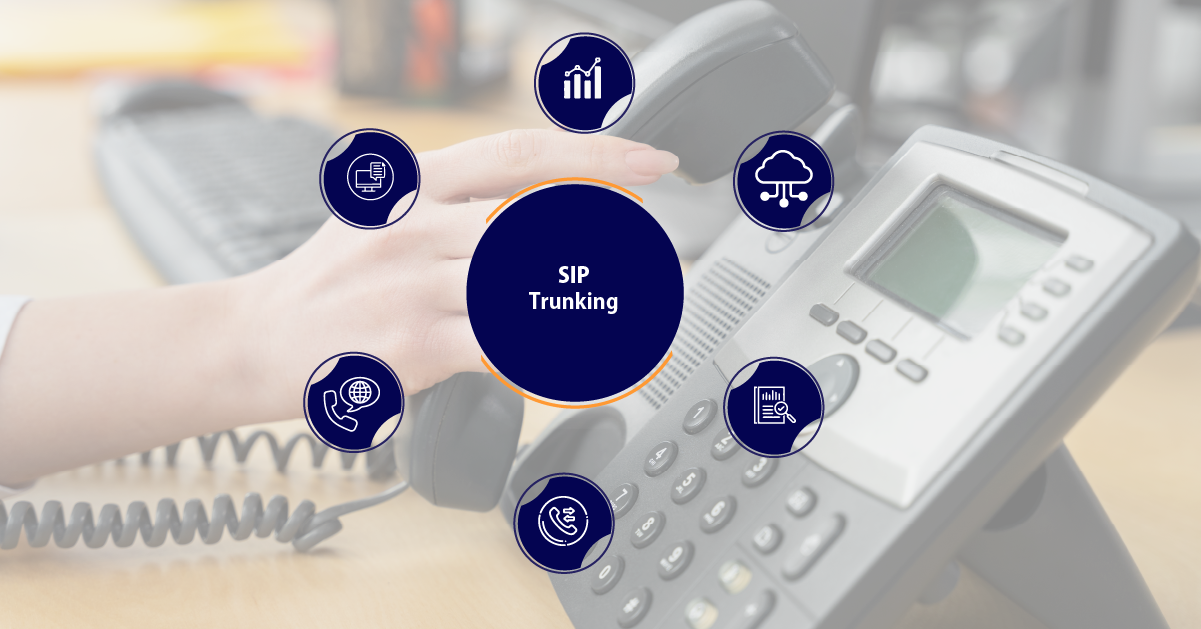Advantages of SIP Trunking and How does it Assist the Businesses?
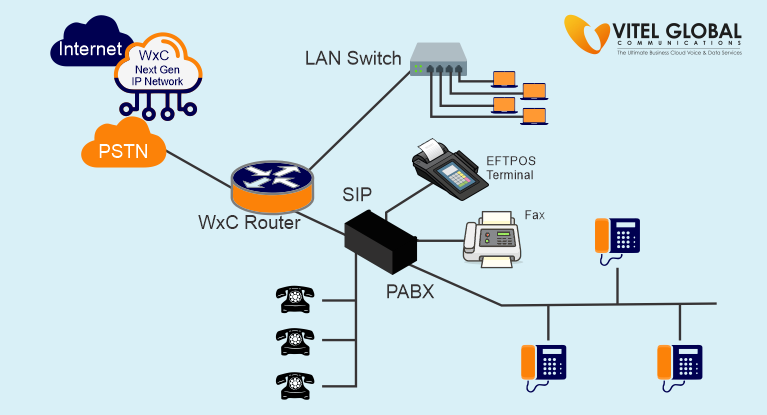
4 min read
SIP trunking phone lines let you call and be called by anyone with a phone number over the internet.
SIP, “Session Initiation Protocol,” is a well-known method of initiating internet calls. It is mainly used to handle voice and video conferencing calls and other forms of multi-media communication. SIP starts and ends a phone call and controls data transfer worldwide.
A “trunk” is a line that carries signals and connects nodes in a communications system. To understand SIP trunk channels, think of a pipe that carries data channels between two places.
In particular, this technology makes business calls possible by using virtual phone numbers, which are used for making and receiving calls over the internet with SIP trunks.
How Does SIP Trunking Work?
It is a way to send voice calls and other communications over the internet through a private branch exchange (PBX) that is IP-enabled.
Cloud PBX switches calls between users on local lines and lets them share the use of external phone lines. Hosted cloud PBX providers cuts costs because each user doesn’t need a line to the central office of a phone company.
SIP can make and receive local and long-distance calls, texts, emails, and video chats. It is used to browse the internet and send and receive emails.
SIP Trunking replaces the traditional phones that use circuit-switched networks, whereas SIP trunks use a packet-switched network. Dialling a call breaks voice calls into digital packets and sends them over a network to their destination. These digital packets are compressed into voice when heard by the receiver.
What Are SIP Channels?
Each SIP trunk can hold as many channels as it needs. A medium, or line, is the same as one call that comes in or goes out. Because each trunk can hold as many channels as needed, a business only needs one cloud sip trunk providers, no matter how many calls are coming in and going out simultaneously. The more simultaneous phone calls you have, you’ll need trunk channels.
What Are The Differences Between SIP And VoIP?
Voice over Internet Protocol and SIP look similar in many ways, but you can’t use one to mean the other. “VoIP” is a broad term that can mean any phone service that runs over the internet, including SIP.
SIP is a specific protocol that makes VoIP possible by setting up where a call starts and ends and what messages are sent during a call. In a nutshell, SIP enables VoIP.
Advantages of SIP Trunking
Some specific benefits of SIP trunking are the following:
Installation and setup costs have gone down. SIP trunks only need a reliable path to the customer’s phone system over an IP network. Because SIP trunks are easy to use and flexible, providers can set them up for much less money and pass the savings on to their customers.
We can quickly upgrade these with no extra equipment. Many phone systems support more than one SIP trunk, so customers can set up multiple SIP trunks to serve different departments or services.
By using SIP, you can save more money on both local and long-distance calls. Back up in case the power goes out. Almost any stable Internet connection can register the SIP trunk with the provider if the main link to the SIP provider goes down.
It helps keep a communication outage from getting too bad and gives emergency callers a backup phone service. If your business needs to grow in several places worldwide, you can combine your remote workers and locations by putting your data and voice on the same network.
SIP will also make it easier to grow your business as you add new sites or hire full-time employees who work from home. Bad weather, accidents, and other factors affecting phone systems often interrupt traditional phone service. SIP trunking enables users to call other devices or offices even when their phones don’t work.
SIP eliminates the need for both data and voice networks for phones. Because SIP is based on IP Phones, you can have one centralized network with multiple digital streaming options.
This network is easy to scale and doesn’t need any physical infrastructure, so there are no costs for maintenance or hardware.
The SIP trunk can connect directly to your chosen Internet Telephony Service Provider (ITSP), eliminating subscription fees and giving you more control over how you scale your phone services.
SIP enables all calls to be local by sending them over the internet. You don’t have to pay for international or long-distance calls.
The provider’s termination point sends the call to a local PSTN, and only then do you charge for a local call when the SIP trunk sends it.
SIP trunking is flexible and easy to scale because it has no physical installation and can handle unlimited channels per trunk. You can add new tracks and turn them on within hours.
Guidelines for Choosing the Best Sip Trunking Service Provider
Cost Savings
SIP Trunk Providers offer cost reductions, which is why more firms are switching, as SIP combines phone lines, internet, and voice networking to eliminate paying numerous providers. Many providers offer pay-as-you-go, which means paying for your services or cables.
Quality
As a Best SIP Trunk Provider, we ensure that we deliver clear and efficient calls to the customer as our top concern.
Reviews
The following SIP provider should be a SIP Trunking expert. It seems obvious, but it’s hard to discern who’s an expert with many suppliers. Do research. Ask for reviews, testimonials, and more. A quality SIP Trunking service should address the problem and understand why it happened to prevent it in the future.
Dial Inward Directly
Great SIP suppliers give you the trunk and a database of associated phone numbers. Direct Inward Dialing (DID) is a database of phone numbers.
Easy Expansions
With geographical coverage, “understanding your business and its location” is critical. Your SIP trunk supplier should have different regions so you can grow your VoIP infrastructure quickly.
Check the Rates
Select a provider with national and international rate centres. Rate centres limit local calls. So, a supplier with many rate centres may cover the nation and the world.
Reliability and security
Reliability and security go with quality. When choosing a Business Phone service provider, look for redundancy to provide service during a natural disaster, outage, or downed powerline.
Uptime
Look for a service provider that has at least 99 per cent uptime. Usually, providers with 90% uptime have a robust infrastructure for unanticipated scenarios.
Monitoring
SIP Trunking providers should invest in cyber security to keep you safe. 24×7 monitoring; as a result, our customers enjoy peace of mind knowing they have staff assisting them continually and proactively looking to safeguard everything.
Watch out for the SIP trunk service provider who delivers all the details mentioned in this blog; no need to run multiple windows over your desktop as our company, Vitel Global communications, is the answer.
To get a straightforward deal with us, Request for Free VoIP Live demo.
Published: June 23rd, 2022
Subscribe to Our Latest Updates
Get monthly product and feature updates, the latest industry news, and more!

